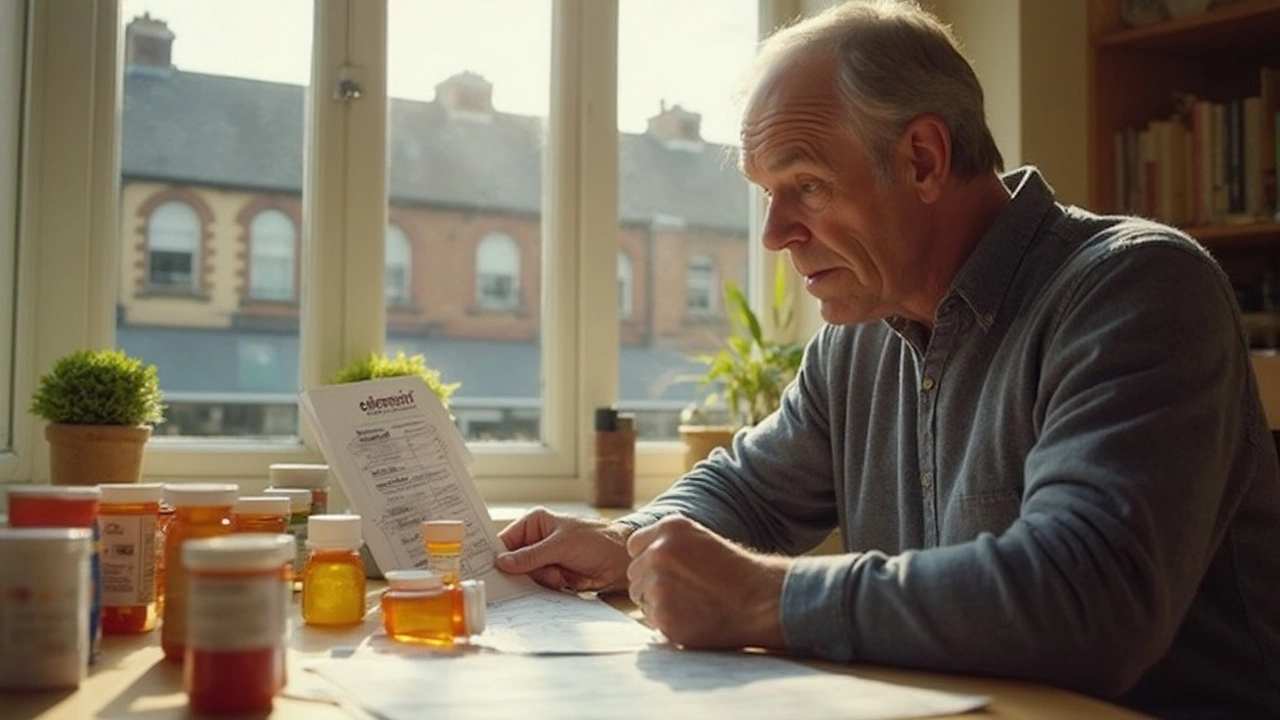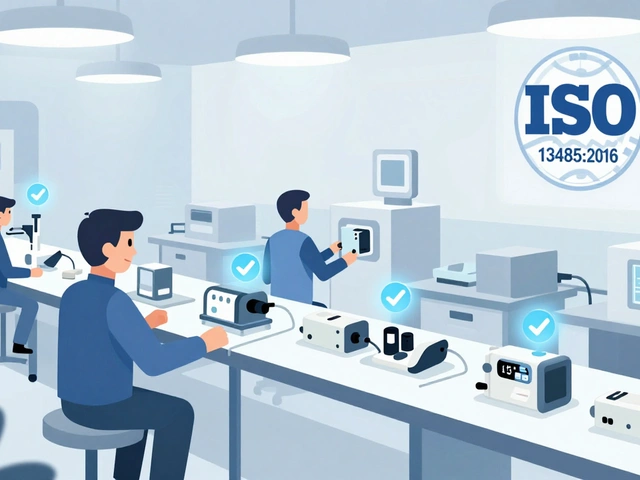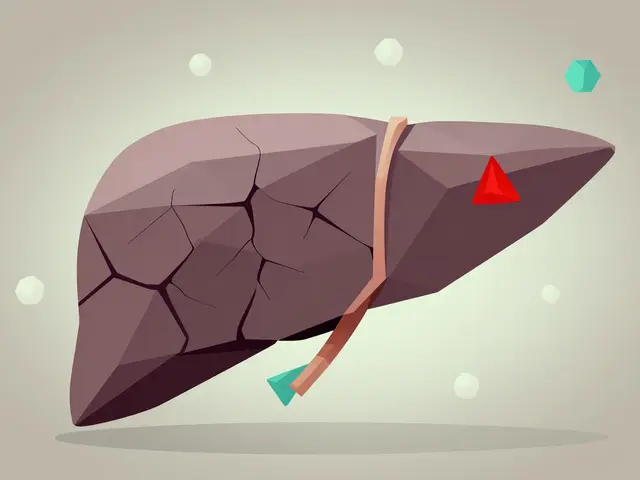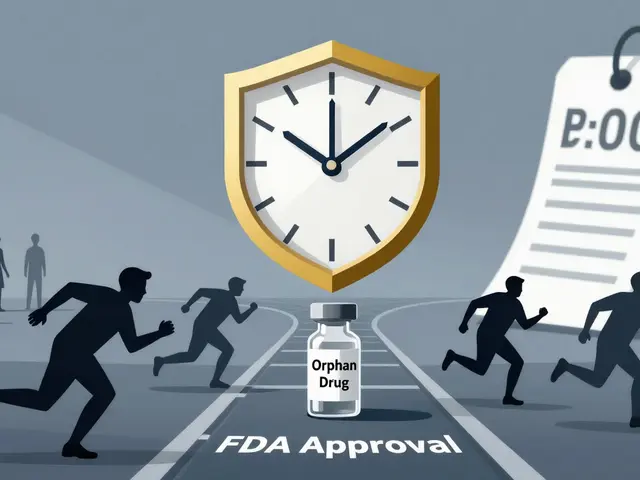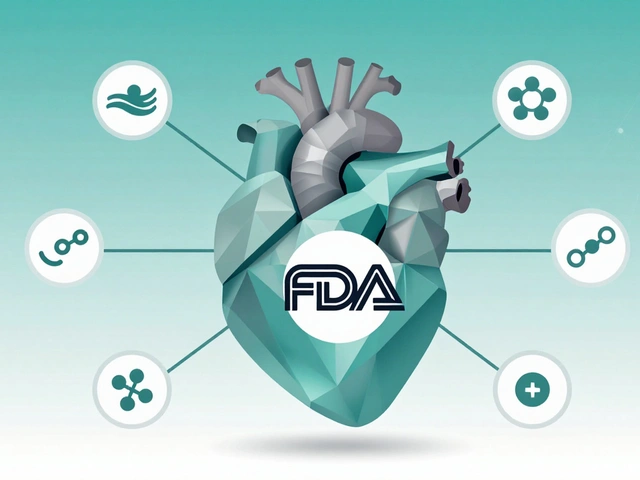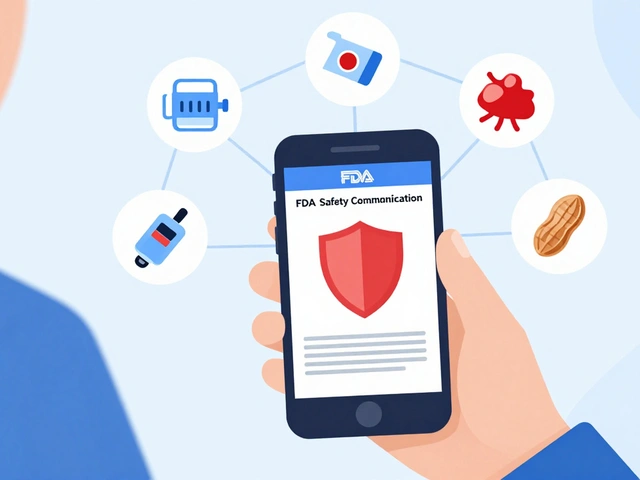Medication safety: simple steps to stay safe with your medicines
Mistakes with medicines happen fast. A wrong dose, a bad interaction, or a counterfeit pill can cause real harm. Here are clear, useful steps you can use today to buy drugs safely, take them right, and stop them without making things worse.
Buying medicines online safely
Want to order medication online? Don’t rush. Use pharmacies that require a prescription and show contact info and a physical address. If a site offers powerful prescription drugs without any questions, that’s a red flag. Read reviews and look for verified pharmacy seals or third-party checks.
Check prices but don’t make price the only factor. Articles on this site, like our Trimethoprim/Sulfamethoxazole guide and the review of fillrxplus.net, show how to compare safety features, customer support, and delivery reliability—not just cost. If something feels off (weird packaging, missing leaflet, unusual side effects), stop using the product and contact a pharmacist.
Keep your receipt and order details. If you need to report a problem or verify authenticity, those records speed things up.
Taking meds correctly and avoiding interactions
Follow the label and your prescriber's instructions. Use a single, trusted pharmacy when possible—pharmacists can spot interactions across your prescriptions. Keep an up-to-date list of every drug, supplement, and OTC item you take. Share that list with every clinician you see.
Watch for common interaction traps: grapefruit and certain heart or cholesterol drugs, alcohol with sedatives, or over-the-counter painkillers when you’re already on blood thinners. If you get new symptoms after starting a drug—rashes, breathing trouble, sudden dizziness—stop and seek medical help right away.
Organize doses with a pillbox or phone reminders. That reduces missed or doubled doses. If you’re confused about timing or food instructions, ask your pharmacist; they want to help.
Not sure if a drug is right for you? Read balanced guides on alternatives and side effects, like our GoodRx competitors pieces or the Toprol and Buspar articles. Those can help you have a clearer conversation with your prescriber.
Disposal matters. Don’t flush unused meds. Use take-back programs or follow local disposal guidance to avoid accidental poisoning and environmental harm.
Keep emergency info handy: allergy list, major conditions, and the poison control number for your country.
Stopping or tapering medications safely
Some drugs need a slow taper—not a sudden stop. Our gabapentin tapering guide explains simple schedules and what to watch for. Talk with your prescriber before changing doses. They can suggest a step-down plan and monitor withdrawal signs or symptom return.
If side effects are the reason for stopping, document what you felt and how soon it started. That helps your clinician pick a safer alternative or adjust the dose. Never share prescription medications with someone else—what’s safe for you could be dangerous for them.
Medication safety is mostly about staying curious and asking questions. Keep records, use trusted pharmacies, check interactions, and get help when stopping drugs. Small steps reduce big risks.
Active ingredients treat your condition, but inactive ingredients make the medicine work-and sometimes cause side effects. Learn why both matter for your health and how to check what’s really in your pills.
Continue reading...
Terazosin is handy for managing high blood pressure and enlarged prostate, but its drug interactions can be risky—and often catch people off guard. This guide exposes which drugs to avoid, what happens if you don’t, and offers down-to-earth tips to keep you safe. Expect clear examples, smart facts, zero fluff, and advice you can actually use. Learn how to spot dangerous combos, deal with side effects, and talk to your doctor like a pro.
Continue reading...


